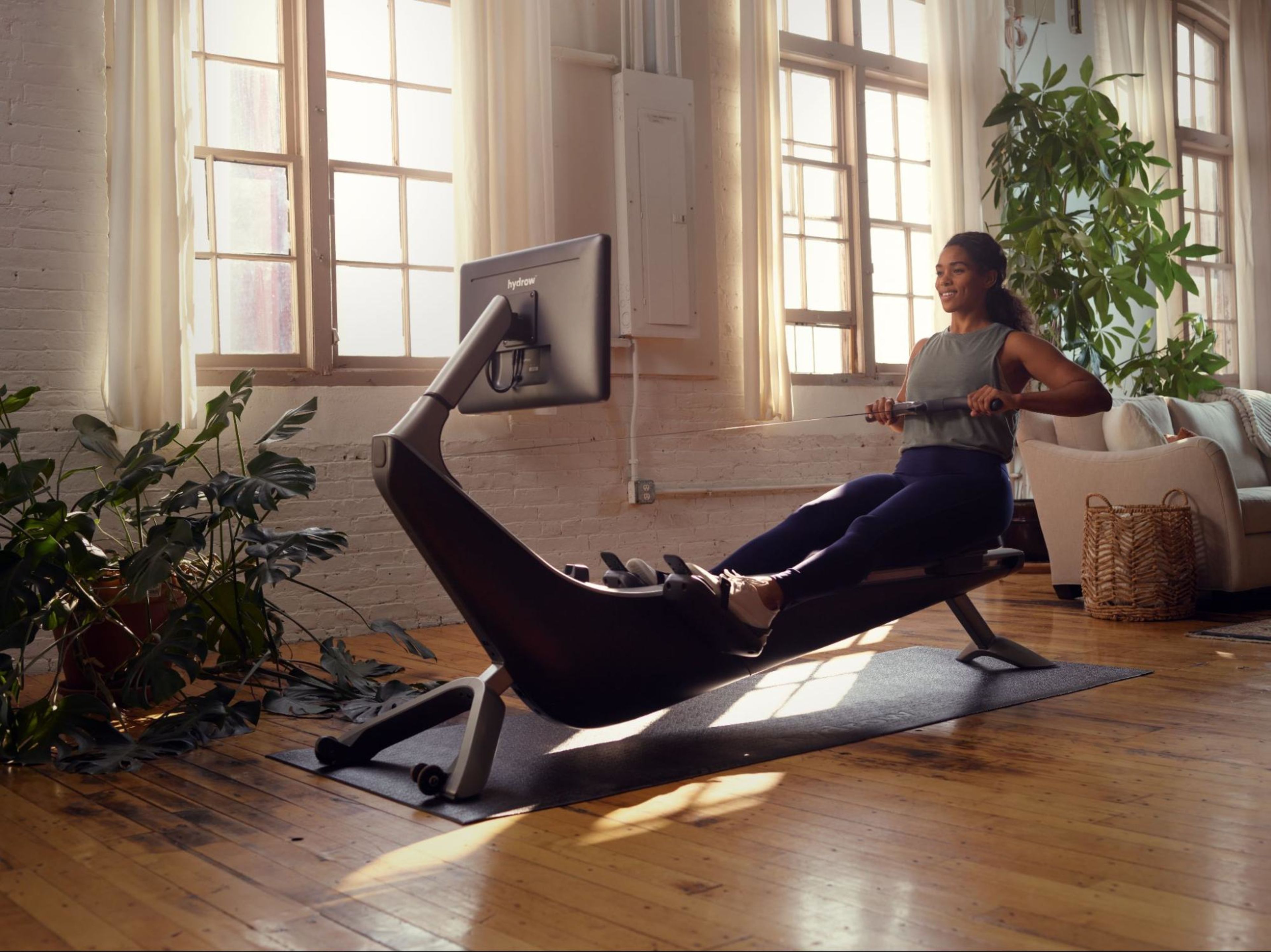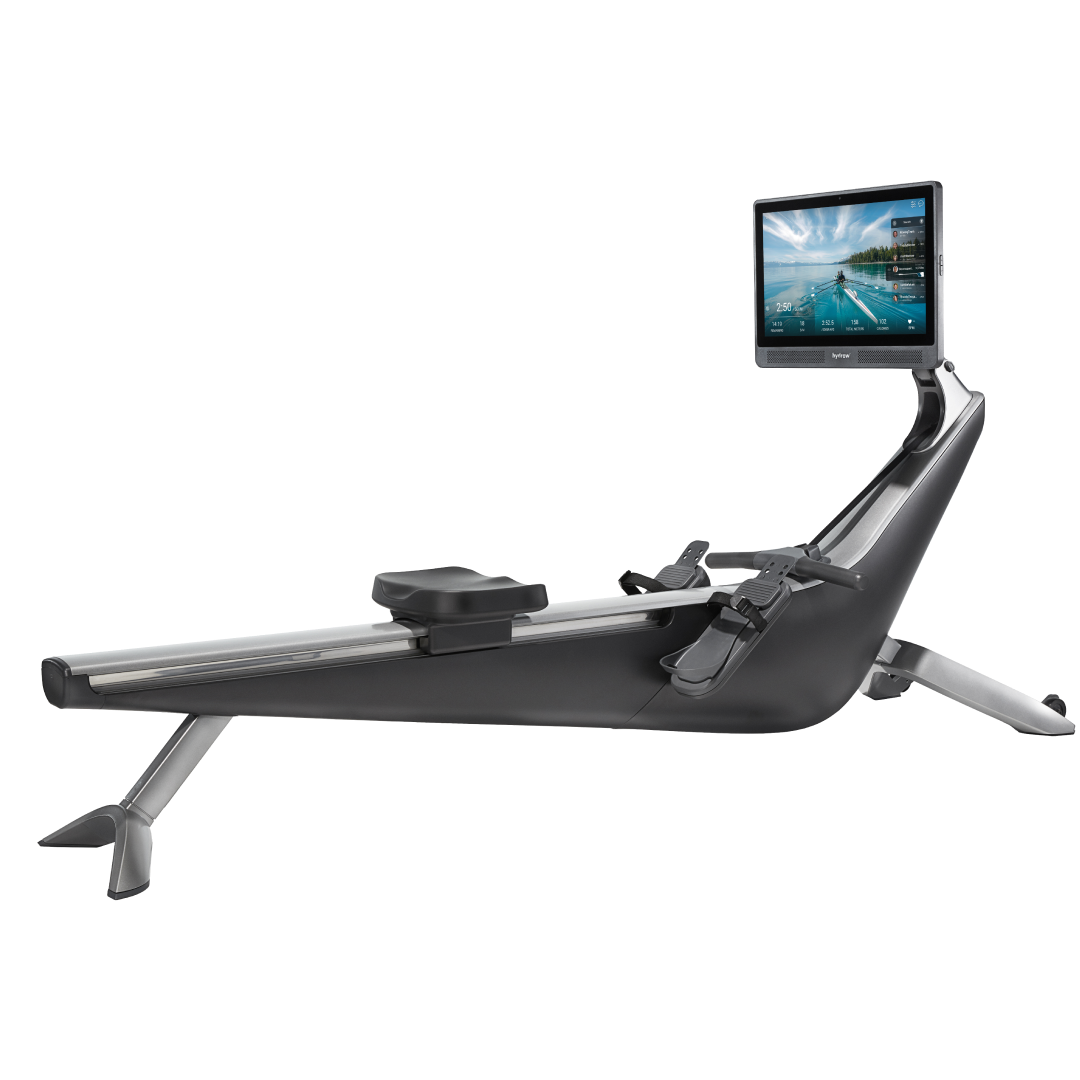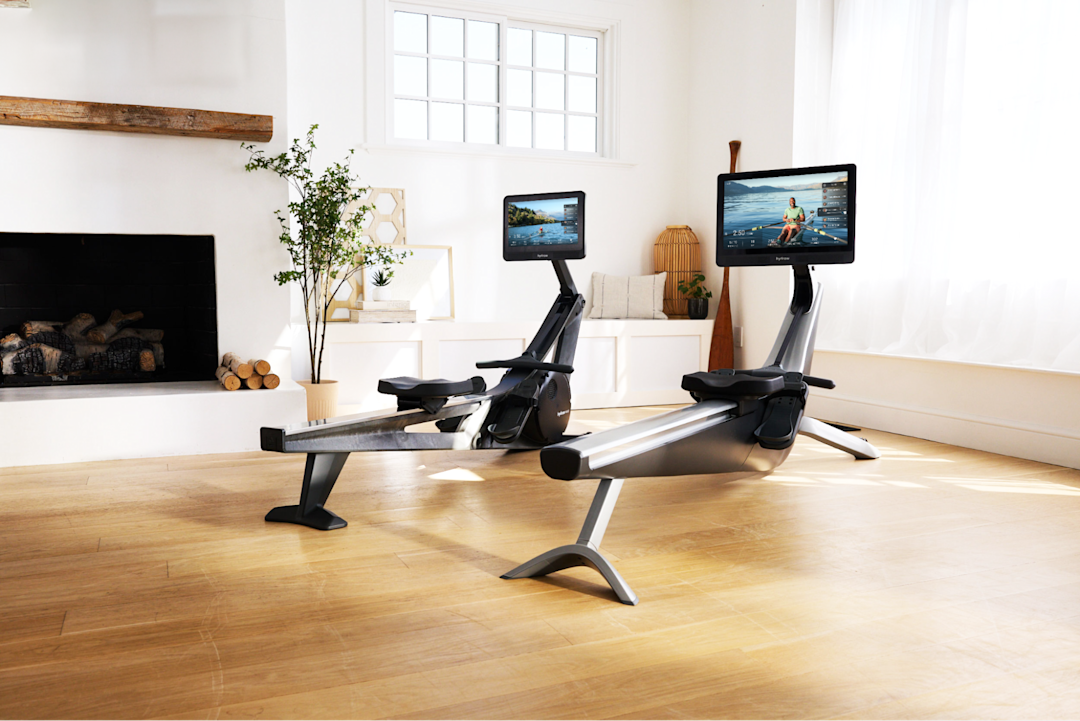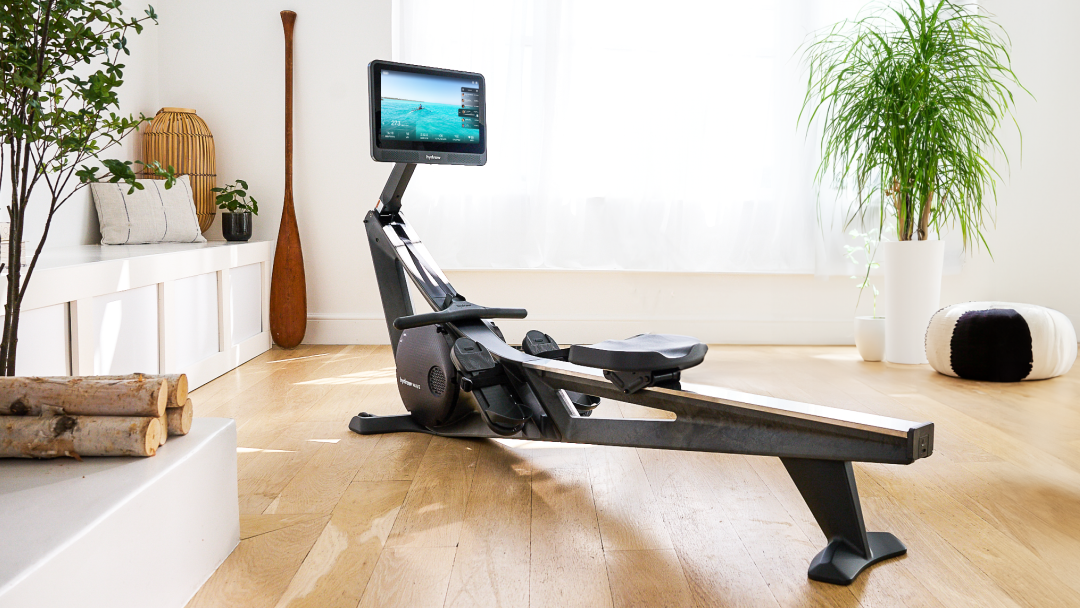Rowing vs. Running: Is Rowing Better Than Running?

If you’re embarking on a new fitness journey and are trying to decide between adopting rowing or running, great news—you’re already considering two fantastic workouts that offer a ton of health benefits.
However, if you’re looking to get the most bang for your buck, there are certainly differences between rowing and running that may sway you in one direction or another. Weighing rowing vs. running? Read on to learn more about:
Let’s get started!
Why rowing and running are both great workouts
The bottom line here is that rowing and running are both top ways to get in some cardio and improve your heart health—and are both easy to incorporate into other workout routines. Let’s dig in further on the benefits of running and rowing:
Both benefit your cardiovascular system
What we know for sure is that both rowing and running are cardiovascular exercises, which means they increase your heart rate in order to pump sufficient blood and oxygen around your body to meet the body’s demand.
Exercises that encourage this action benefit your body because they:
Strengthen your heart
Help with burning fat
Boost your brain function
Improve your joint health
Enhance your mental health
Strengthen your muscles
Both can be easily incorporated into workout routines
Whether you’re a runner who rows or a rower who runs, both cardio workouts provide great options for cross-training. By mixing it up every once in a while with different workout types, you can train different muscle groups that are not used as much in your main sport.
For example, when I was training for the Olympics in the sport of rowing, running was my cross-training option that provided me with mental recovery from my main sport. On the flip side, when I was training to run marathons, rowing helped me build a strong core without the impact of running on the roads.
The ease of cross-training is a great way to avoid injury by going too hard with one exercise type without any breaks.
Running vs. rowing: Which is better?
Rowing vs. running: Muscle engagement
When it comes to using these exercises to strengthen your muscles, rowing definitely reigns supreme. Utilizing up to 86% of the muscles in your body in a single stroke, rowing executes higher higher muscle engagement compared to running, which is a primarily lower-body sport.
In just 20 to 30 minutes, you can complete a rowing workout that targets both your upper-body and lower-body muscles at once, giving you a more efficient workout that lets you get more done in less time. Rowing, on the other hand, is a good option if you’re only trying to target lower-body muscles such as your calves, quads, hamstrings, and glutes.

Cardio and Strength, Combined
Burn calories and build muscle with a Hydrow rowing machine.
Rowing encourages muscle building while working on muscle endurance, which means your muscles get stronger as you get fitter! Personally, I enjoy getting the toned arms and back from rowing that you can’t get from running alone!
The winner: Rowing
Rowing vs. running: Calorie burn
Running has been found to burn more calories than rowing if done at similar intensity levels over the same period of time. However, your specific calorie burn also depends on your proficiency in both sports, along with your intensity level, workout duration, body weight, and fitness level.
It’s also important to note that because rowing is a full-body workout, it may feel less taxing on certain muscle groups, making it easier to sustain longer periods of exercise at higher intensities.
The winner: Running
Running vs. rowing: Impact on joints
One of the biggest differences between rowing and running is the impact each exercise has on your body and joints. Rowing is a non-weight-bearing workout, as it involves sitting and having most of your body weight on a seat.
Additionally, each rowing stroke you take involves engaging both legs—with your body weight spread across two legs—as compared to running, where each step means putting your entire body weight on a single leg.
As a low-weight-bearing exercise, rowing is easier on your joints than running and is suitable for people with joint pain or hip, knee, and ankle injuries. This is also why it’s a common exercise used for rehabilitation.
Being a low-impact exercise means that rowing is suitable for the aging athlete and that your body is able to recover faster when compared to high-impact activities like running.
The winner: Rowing
Running vs. rowing: Convenience
In terms of convenience, running does tend to be easier—just pop on your shoes and socks and you’re off and running (literally!). You can also do it almost anywhere without relying on access to indoor exercise equipment, so if you’re on vacation or sneaking in a midday workout from the office, the world is your oyster.
The winner: Running
Rowing vs. running: Core engagement
If you’re looking to target your core muscles, you’ll get more out of your workouts from rowing when compared to running. Your core is constantly engaged throughout the rowing stroke, which works hand in hand with your hips as it pivots back and forth. The end of the rowing stroke occurs when your legs are extended and you are moving the handles toward your body and away from your body. This movement is accompanied by the pivoting of your hips to help lean the core forward and backward at a small angle.
Moving your body this way replicates a sit-up but with a smaller range of motion. Imagine doing 10 minutes of rowing at a rate of 20 strokes per minute—that would give you 200 mini sit-ups!
Good technique in rowing requires you to sit up tall and proud, which also helps with your posture (especially if you’re constantly hunched over the keyboard at your office desk!). Along with proper engagement of the core, this protects your back and keeps your spine healthy.
The winner: Rowing

Considering a Hydrow rowing machine? We tackle all your burning questions in our FAQ guide.
Rowing vs. running: Ease of adoption
When comparing the execution of basic technique of the two types of workouts, running does tend to come more naturally than rowing, as it replicates the movement of walking. Running entails putting one foot in front of the other, whereas rowing requires more steps to perform a proper rowing stroke because it involves more parts of the body.
The winner: Running
Rowing vs. running: Suitability for different fitness levels
If you’re new to working out, you want to find a workout routine that will meet you at your current fitness level and grow in intensity as you improve. Rowing is certainly suitable for all fitness levels, as your resistance and pace can be easily adjusted to match your current capabilities.
While running is also a good option for various fitness levels, beginners or those with joint concerns will need to start slowly or alternate with walking to lower their risk of injury.
The winner: Rowing
Rowing vs. running: The bottom line
Deciding on which workout type is right for you ultimately depends on your fitness goals, your body’s current condition, and the time you have to spend working out.
If you’re interested in learning more about achieving your fitness goals with a rowing machine, be sure to check out Hydrow. Our state-of-the-art rowing machines are the perfect addition to any home gym, giving you an immersive and total-body workout in just 20 minutes a day.
Hydrow’s extensive library of workout content is led by our team of world-class and Olympic Athletes and filmed in stunning locations around the world. Whether you’re looking to do a rowing workout or cross-train with yoga, Pilates, and circuit training, you’ll be transported to stunning global destinations that keep you motivated to come back again and again.
And, if you’re curious about how rowing can complement your running routine, you can also check out our Rowing for Runners series on Hydrow. We've adapted classic running workouts for the rowing machine, guiding you through low-impact, full body sessions that are perfect for cross-training and becoming a stronger, more well-rounded runner.
Learn more about the benefits of a Hydrow rowing machine today!

Explore Hydrow
Learn more about how you can transform your fitness routine with a rowing machine.






